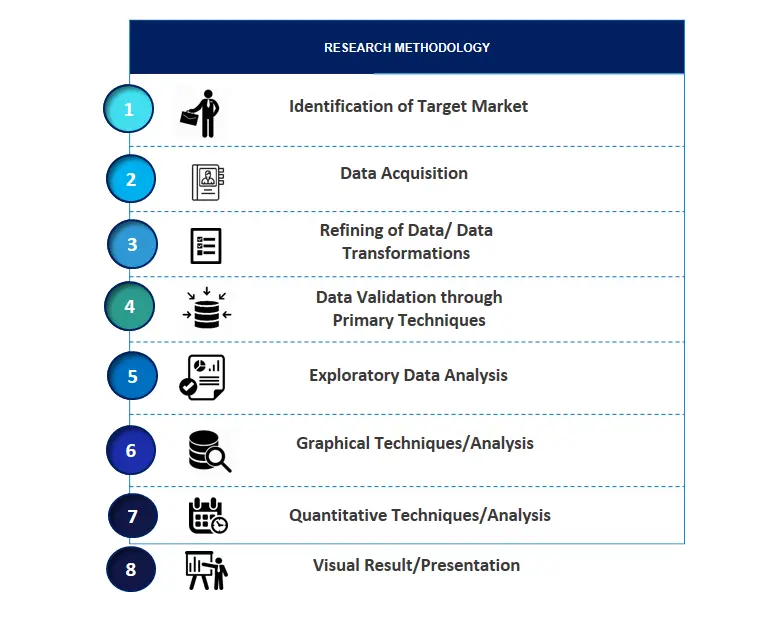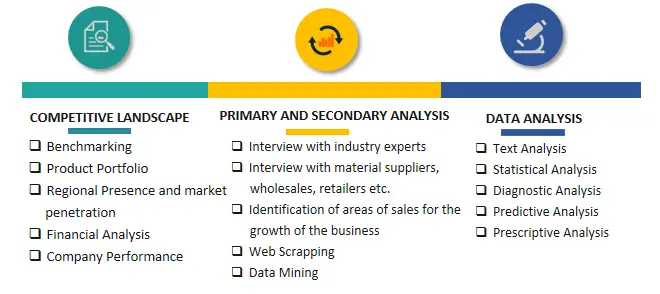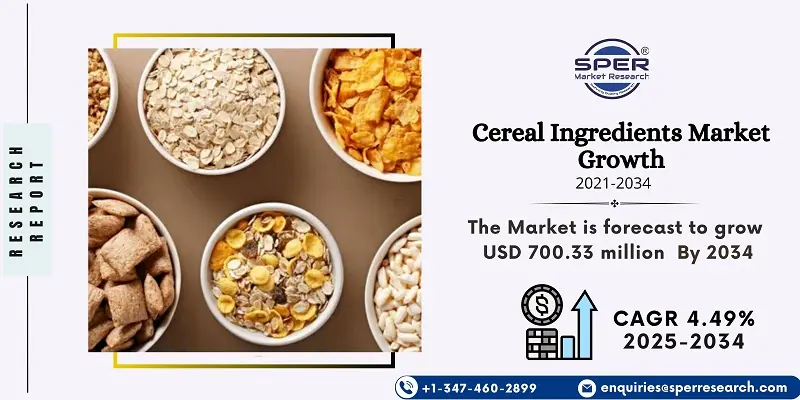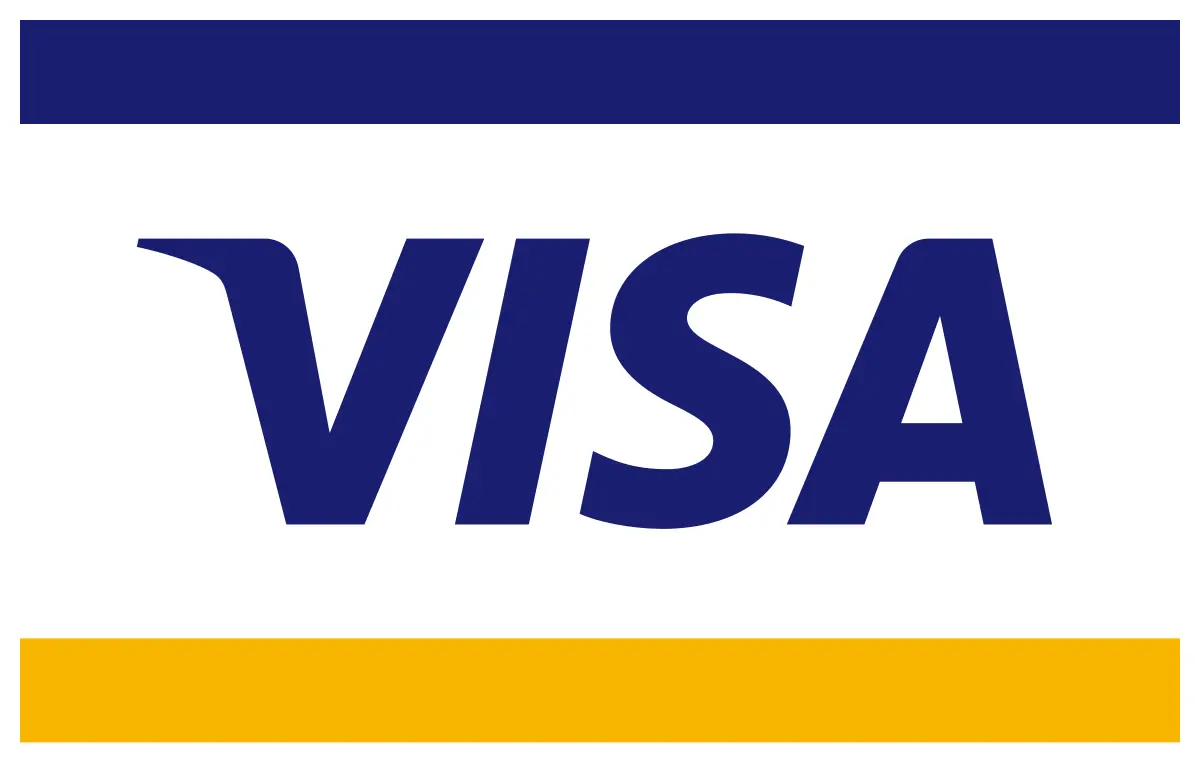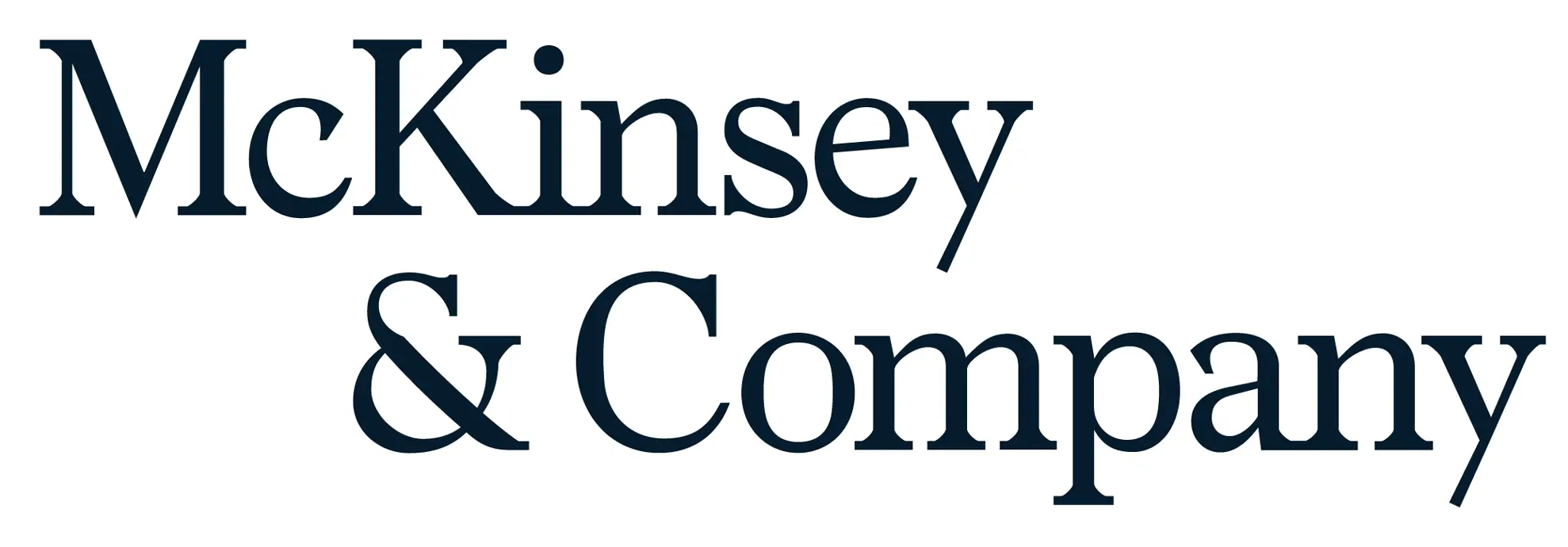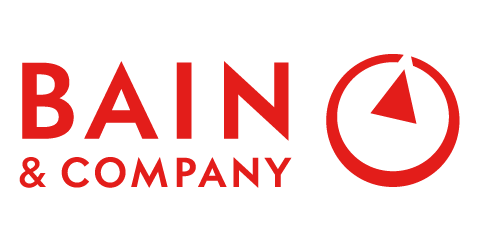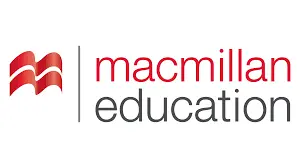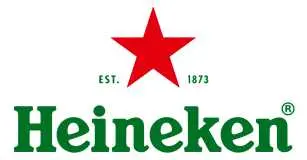Cereal Ingredients Market Introduction and Overview
According to SPER Market Research, the Global Cereal Ingredients Market is estimated to reach USD 700.33 million by 2034 with a CAGR of 4.49%.
The report includes an in-depth analysis of the Global Cereal Ingredients Market, including market size and trends, product mix, Applications, and supplier analysis. The cereal ingredients market is experiencing steady growth, driven by the versatility, nutritional benefits, and wide availability of key grains. Wheat, in particular, plays a crucial role in many cereal products due to its rich content of carbohydrates, fiber, and protein. Its natural gluten helps provide elasticity and structure, contributing to the appealing texture and consistency found in many cereal-based foods. However, challenges such as fluctuating raw material prices and increasing consumer demand for gluten-free and clean-label products. Additionally, climate change and supply chain disruptions can impact the consistent availability of key grains.
By Type:
The market, when categorized by grain, encompasses wheat, rice, barley, oats, and other cereals. Wheat commanded the largest market share in 2024 due to its diverse applications and widespread consumer appeal. The gluten content in wheat provides elasticity, contributing to a desirable texture in baked goods and enhancing their palatability.
By Source:
Considering the origin of ingredients, the market is segmented into organic and conventional. Organic ingredients held the majority of the market in 2024. The prominence of organic ingredients within the cereal ingredients market stems from an increasing consumer preference for natural and sustainably sourced foods. As awareness regarding pesticides, genetically modified organisms, and environmental concerns grows, consumers are progressively opting for organic cereals.
By Form:
The market, based on physical state, includes flakes, puffs, and other forms. Flakes are the most prevalent due to their adaptability, convenience, and appealing crispness.
By Application:
The market, when analyzed by end-use, includes food and beverages, animal feed, and other applications. The food and beverage sector constitutes the largest segment, driven by the widespread consumption of breakfast cereals and cereal-based snacks. Cereals' versatility, nutritional value, and flavor appeal to health-aware consumers seeking convenient choices. The convenience and adaptability of cereal ingredients position them as essential in the food and beverage industry, securing their leading market share.
By Regional Insights:
In 2024, the North American cereal ingredients market showed strong momentum, driven by high consumer demand for breakfast cereals. The region's robust distribution networks and advanced food processing technologies support innovation, allowing manufacturers to offer diverse products that cater to shifting consumer preferences and a large, receptive population.
Market Competitive Landscape:
The market exhibits a moderately consolidated competitive landscape. Key players in the market include ADM, Bunge Limited, Associated British Foods Plc, Cargill Inc., Cll Foods, General Mills, Kellogg's, RiceBran Technologies, and SunOpta Inc.
Recent Developments:
In May 2021, Kellogg's made a significant investment to grow its Pringles production site in Poland. This expansion substantially increased the plant's ability to produce Pringles annually.
In June 2021, General Mills invested $28 million in upgrading its cereal production facility located in Ohio.
Scope of the report:
| Report Metric | Details |
| Market size available for years | 2021-2034 |
| Base year considered | 2024 |
| Forecast period | 2025-2034 |
| Segments covered | By Type, By Source, By Form, By Application |
| Regions covered | North America, Latin America, Asia-Pacific, Europe, and Middle East & Africa |
| Companies Covered | ADM, Associated British Foods Plc, Bunge Limited, Cargill Inc., Cll Foods, General Mills, Kellogg's, RiceBran Technologies, SunOpta Inc. |
>
Key Topics Covered in the Report
- Global Cereal Ingredients Market Size (FY’2021-FY’2034)
- Overview of Global Cereal Ingredients Market
- Segmentation of Global Cereal Ingredients Market By Type (Wheat, Rice, Barley, Oats, Others)
- Segmentation of Global Cereal Ingredients Market By Source (Organic, Conventional)
- Segmentation of Global Cereal Ingredients Market By Form (Flakes, Puff, Others)
- Segmentation of Global Cereal Ingredients Market By Application (Food & beverages, Breakfast Cereals, Breakfast Cereals, Backed Goods, Animal Feed, Others)
- Statistical Snap of Global Cereal Ingredients Market
- Expansion Analysis of Global Cereal Ingredients Market
- Problems and Obstacles in Global Cereal Ingredients Market
- Competitive Landscape in the Global Cereal Ingredients Market
- Details on Current Investment in Global Cereal Ingredients Market
- Competitive Analysis of Global Cereal Ingredients Market
- Prominent Players in the Global Cereal Ingredients Market
- SWOT Analysis of Global Cereal Ingredients Market
- Global Cereal Ingredients Market Future Outlook and Projections (FY’2025-FY’2034)
- Recommendations from Analyst
1. Introduction
1.1. Scope of the report
1.2. Market segment analysis
2. Research Methodology
2.1. Research data source
2.1.1. Secondary Data
2.1.2. Primary Data
2.1.3. SPER’s internal database
2.1.4. Premium insight from KOL’s
2.2. Market size estimation
2.2.1. Top-down and Bottom-up approach
2.3. Data triangulation
3. Executive Summary
4. Market Dynamics
4.1. Driver, Restraint, Opportunity and Challenges analysis
4.1.1. Drivers
4.1.2. Restraints
4.1.3. Opportunities
4.1.4. Challenges
5. Market variable and outlook
5.1. SWOT Analysis
5.1.1. Strengths
5.1.2. Weaknesses
5.1.3. Opportunities
5.1.4. Threats
5.2. PESTEL Analysis
5.2.1. Political Landscape
5.2.2. Economic Landscape
5.2.3. Social Landscape
5.2.4. Technological Landscape
5.2.5. Environmental Landscape
5.2.6. Legal Landscape
5.3. PORTER’s Five Forces
5.3.1. Bargaining power of suppliers
5.3.2. Bargaining power of buyers
5.3.3. Threat of Substitute
5.3.4. Threat of new entrant
5.3.5. Competitive rivalry
5.4. Heat Map Analysis
6. Competitive Landscape
6.1. Global Cereal Ingredients Market Manufacturing Base Distribution, Sales Area, Product Type
6.2. Mergers & Acquisitions, Partnerships, Product Launch, and Collaboration in Global Cereal Ingredients Market
7. Global Cereal Ingredients Market, By Type, (USD Million) 2021-2034
7.1. Wheat
7.2. Rice
7.3. Barley
7.4. Oats
7.5. Others
8. Global Cereal Ingredients Market, By Source, (USD Million) 2021-2034
8.1. Organic
8.2. Conventional
9. Global Cereal Ingredients Market, By Form, (USD Million) 2021-2034
9.1. Flakes
9.2. Puff
9.3. Others
10. Global Cereal Ingredients Market, By Application, (USD Million) 2021-2034
10.1. Food & beverages
10.2. Breakfast Cereals
10.3. Breakfast Cereals
10.4. Backed Goods
10.5. Others
10.6. Animal Feed
10.7. Others
11. Global Cereal Ingredients Market, (USD Million) 2021-2034
11.1. Global Cereal Ingredients Market Size and Market Share
12. Global Cereal Ingredients Market, By Region, 2021-2034 (USD Million)
12.1. Asia-Pacific
12.1.1. Australia
12.1.2. China
12.1.3. India
12.1.4. Japan
12.1.5. South Korea
12.1.6. Rest of Asia-Pacific
12.2. Europe
12.2.1. France
12.2.2. Germany
12.2.3. Italy
12.2.4. Spain
12.2.5. United Kingdom
12.2.6. Rest of Europe
12.3. Middle East and Africa
12.3.1. Kingdom of Saudi Arabia
12.3.2. United Arab Emirates
12.3.3. Qatar
12.3.4. South Africa
12.3.5. Egypt
12.3.6. Morocco
12.3.7. Nigeria
12.3.8. Rest of Middle-East and Africa
12.4. North America
12.4.1. Canada
12.4.2. Mexico
12.4.3. United States
12.5. Latin America
12.5.1. Argentina
12.5.2. Brazil
12.5.3. Rest of Latin America
13. Company Profile
13.1. ADM
13.1.1. Company details
13.1.2. Financial outlook
13.1.3. Product summary
13.1.4. Recent developments
13.2. Associated British Foods Plc
13.2.1. Company details
13.2.2. Financial outlook
13.2.3. Product summary
13.2.4. Recent developments
13.3. Bunge Limited
13.3.1. Company details
13.3.2. Financial outlook
13.3.3. Product summary
13.3.4. Recent developments
13.4. Cargill Inc.
13.4.1. Company details
13.4.2. Financial outlook
13.4.3. Product summary
13.4.4. Recent developments
13.5. Cll Foods
13.5.1. Company details
13.5.2. Financial outlook
13.5.3. Product summary
13.5.4. Recent developments
13.6. General Mills
13.6.1. Company details
13.6.2. Financial outlook
13.6.3. Product summary
13.6.4. Recent developments
13.7. Kellogg's
13.7.1. Company details
13.7.2. Financial outlook
13.7.3. Product summary
13.7.4. Recent developments
13.8. RiceBran Technologies
13.8.1. Company details
13.8.2. Financial outlook
13.8.3. Product summary
13.8.4. Recent developments
13.9. SunOpta Inc.
13.9.1. Company details
13.9.2. Financial outlook
13.9.3. Product summary
13.9.4. Recent developments
13.10. Others
14. Conclusion
15. List of Abbreviations
16. Reference Links
SPER Market Research’s methodology uses great emphasis on primary research to ensure that the market intelligence insights are up to date, reliable and accurate. Primary interviews are done with players involved in each phase of a supply chain to analyze the market forecasting. The secondary research method is used to help you fully understand how the future markets and the spending patterns look likes.
The report is based on in-depth qualitative and quantitative analysis of the Product Market. The quantitative analysis involves the application of various projection and sampling techniques. The qualitative analysis involves primary interviews, surveys, and vendor briefings. The data gathered as a result of these processes are validated through experts opinion. Our research methodology entails an ideal mixture of primary and secondary initiatives.
